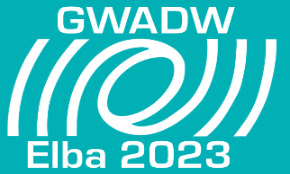Speaker
Description
The advent of future cryogenic wave detectors pose stringent criteria on noise from residual gas. Depending on the mirror temperature, different gas species may sublimate. Furthermore, the residual gas may cause optical path length changes in the arms and cause Brownian motion. The outgassing from gas from different surfaces (cables, thermal shields, vacuum vessels depends on the temperature and history (pump time after venting). To model correctly these aspects (including enhanced Brownian motion from gas trapped between mirror and reaction mass) a simulation package has been developed that tracks thermal radiation and residual gas between all surfaces and evolves the time-dependent coupled equations that describe the local impingement rates, the heat flows and gas flows in the system.

